How to get to Mars
Humans have long targeted the Red Planet. But what is the reality for humans traveling and living there?

"We come, after all, from hunter-gatherers, and for 99.9 percent of our tenure on Earth, we've been wanderers. And the next place to wander to is Mars."
So said Carl Sagan, the beloved astronomer and presenter who did so much to explain and popularize humankind's attempts to explore space. Shortly before his death in 1996 he recorded a message, including the above, for future Mars explorers – and his soundfile reached the Red Planet on the Phoenix lander in May 2008.
Since then, NASA's Curiosity and Perseverance rovers have explored Mars, with China's Tianwen-1 hoping to touch down in May 2021. But what are the chances of getting boots on the ground, with humans scuffing up the red dust? To do that, we will need to overcome some significant challenges.

Astronomer Carl Sagan in 1981. He died in 1996 at age 62. /Castaneda/AP Photo
Astronomer Carl Sagan in 1981. He died in 1996 at age 62. /Castaneda/AP Photo
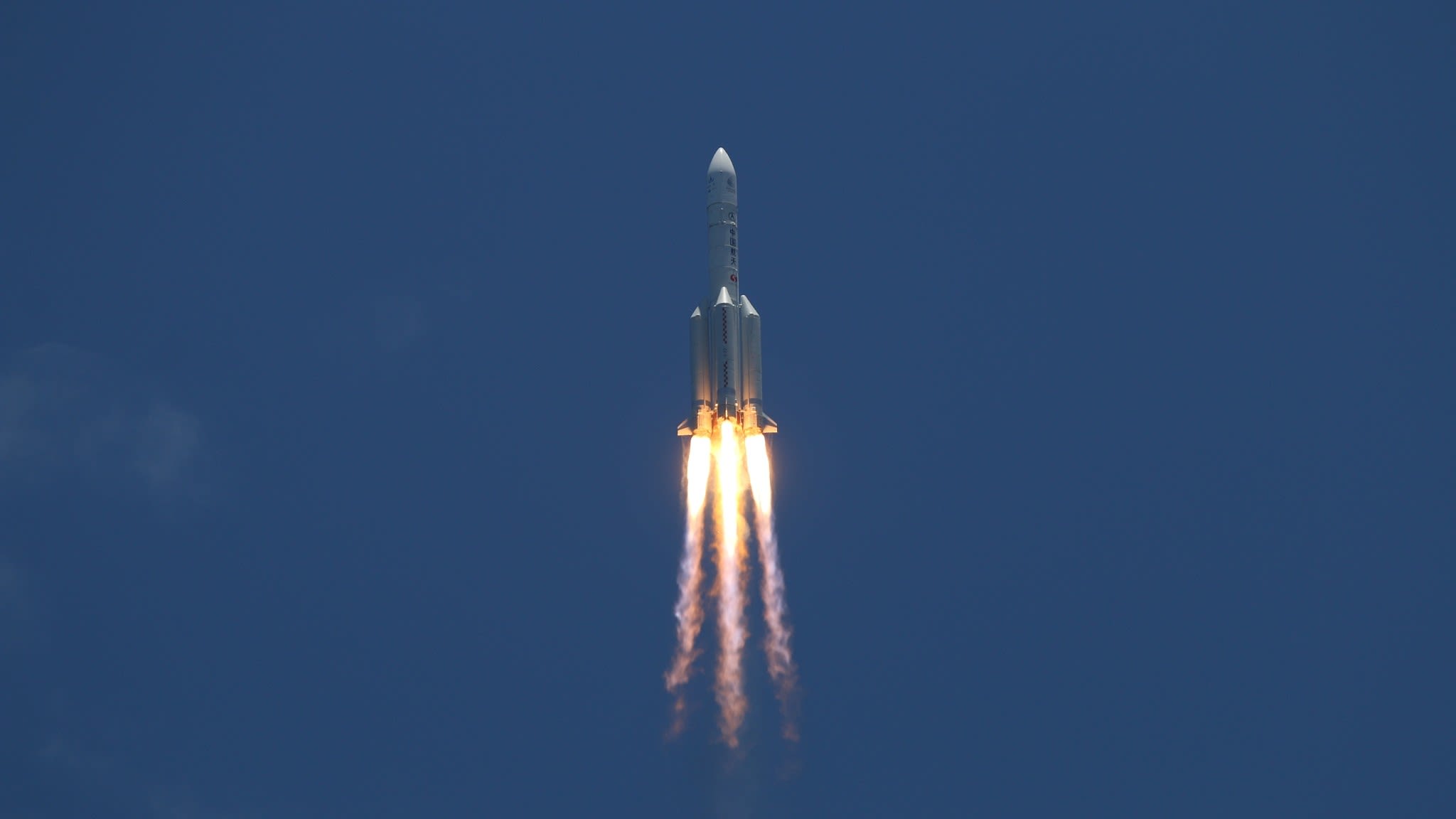
China's Tianwen-1, launched in July 2020, could touch down on Mars in May 2021. /People's Vision/CFP
China's Tianwen-1, launched in July 2020, could touch down on Mars in May 2021. /People's Vision/CFP
Getting there

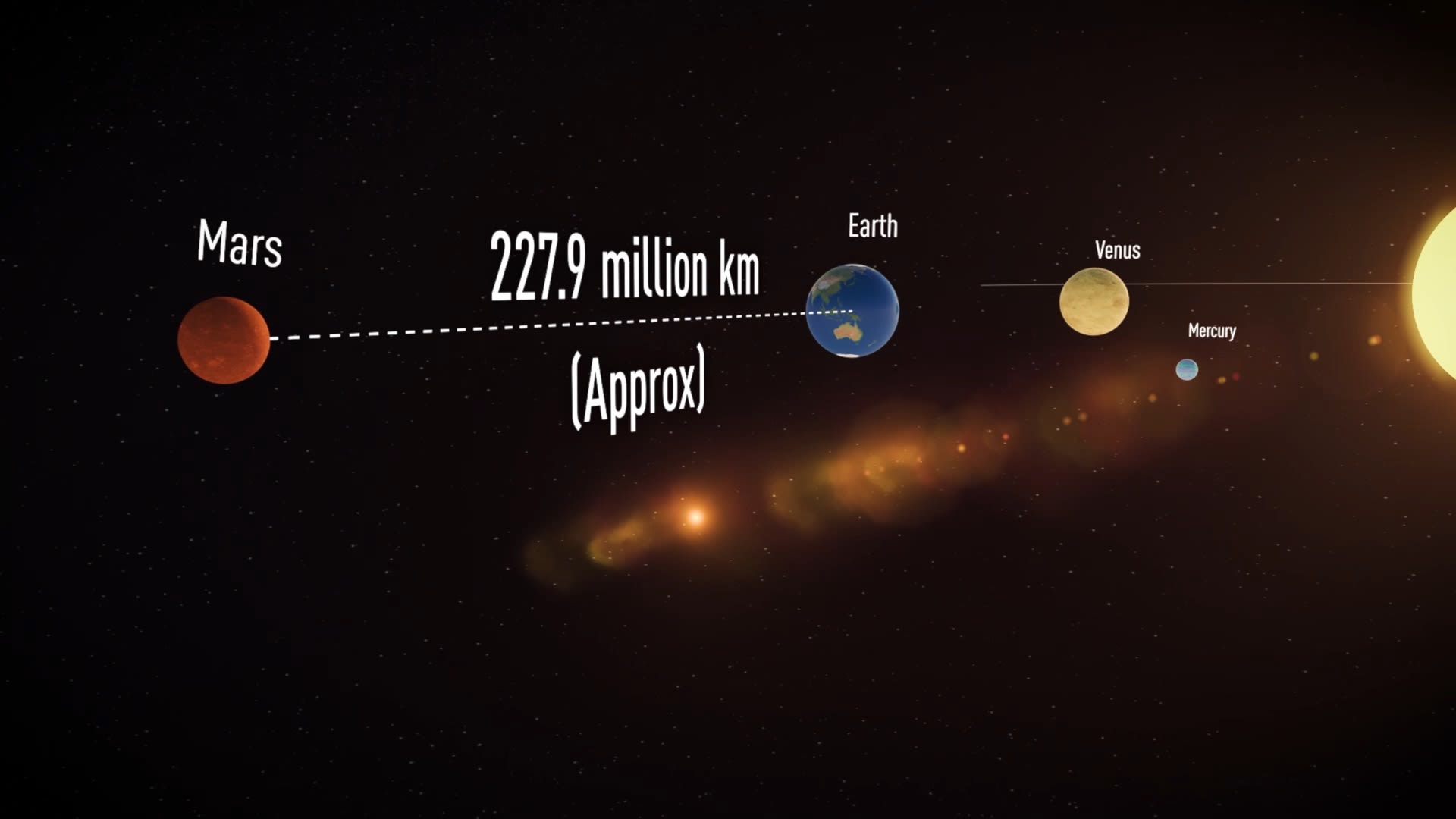
First things first: It's a long way. /CGTN
First things first: It's a long way. /CGTN
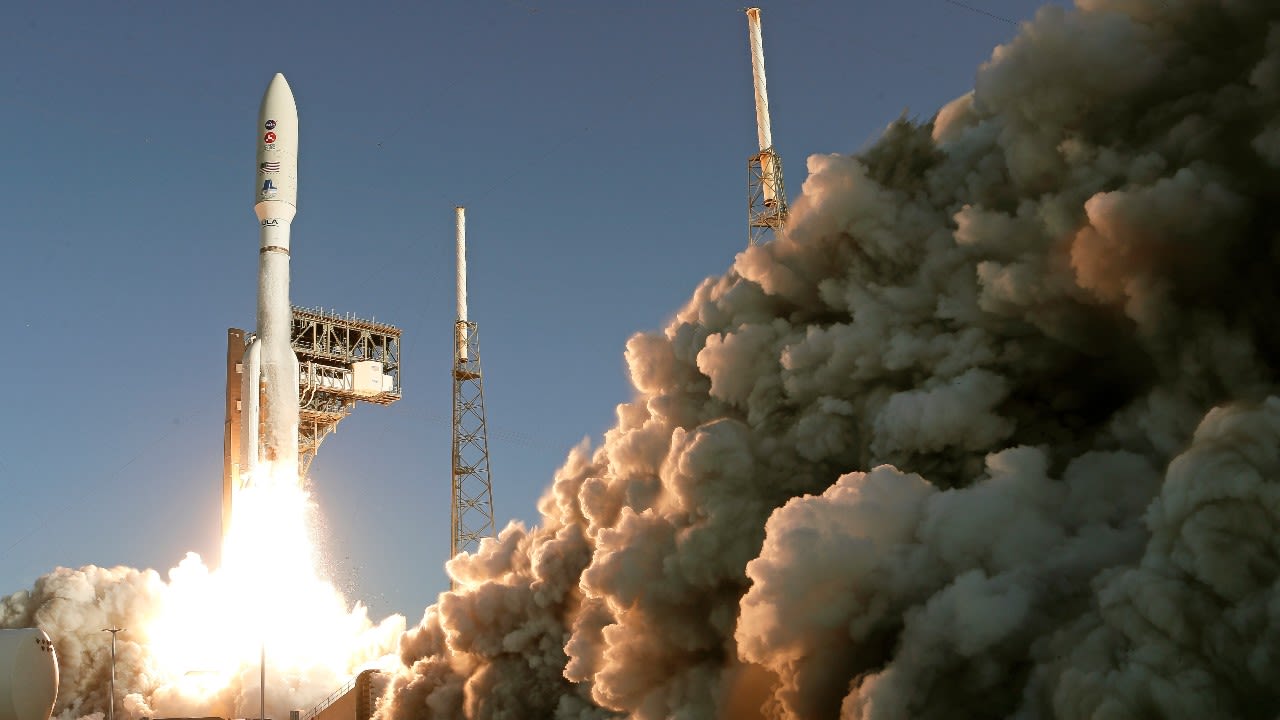
NASA's Mars Rover blasted off in July 2020 and reached its target in February. /John Raoux/AP Photo
NASA's Mars Rover blasted off in July 2020 and reached its target in February. /John Raoux/AP Photo
"The difference in lunar missions and Mars missions is the time it takes to get to Mars," says Chris Welch, a professor of engineering at the International Space University in Strasbourg, France.
"You can get to the moon in a few days and you're relatively close to the Earth, so communications are easier and the communications delay is much shorter. It takes six months minimum to get to Mars. You have to design your spacecraft to survive in space for that longer period."
It's not a question of souping up moon modules with bigger fuel tanks: What might seem like a question of comfort and logistics becomes a matter of life or death on a longer journey.
"Whereas on the moon, there is no atmosphere and you can land in an easier sort of way just using rocket engines, Mars has an atmosphere – there's going to be a lot of heat generated, you have to have an aeroshell to protect you."
The stresses don't stop once the craft lands on Mars. After the heat of atmospheric entry, your little home from home would have to withstand quite the opposite.
"It's so cold on Mars: It can get to -130 degrees Celsius at night and rarely gets hotter than about five or 10 degrees during the day," says Abbie Hutty, who works for Airbus Space and Defense and is the lead structural engineer on the ExoMars Rover project that's going to be sent to Mars in 2022 by the European Space Agency (ESA).
"But also it fluctuates really dramatically day to night. That daily fluctuation in temperatures can be really challenging for most structures."
Radiation

Then there's radiation from the sun. "On Mars, you're not protected with a big magnetic field or a strong atmosphere like we have here on Earth," says Hutty – and this affects tech as well as humans. "You get lots of false positives in your code, bit flips and things like that that we have to watch out for, detect and correct for before they do any damage to the signals that we're transmitting."
But radiation does, of course, affect humans, and really quite badly. Mark McCaughrean, senior science advisor at the ESA, goes so far as to say it's "probably the biggest problem that we face going on long duration trips."
He notes that while astronauts serving six to 12 months on the International Space Station receive "maybe 30 or 40 times" the radiation at ground level, they are still protected by the earth's magnetic field.
"But as soon as you go above the Van Allen belts, which trap radiation and the magnetic field blocks radiation, you're completely exposed. You can mitigate against that by going at a time when the sun is not very active – the 'solar minimum' – but the sun can have an eruption and chuck out a whole bunch of high-energy particles. So on your way to Mars, you need a 'lifeboat' or shelter on board, a place to go and hide if a solar storm passes over you."
The relative orbits of the planets means there's no turning back once you've hit your radiation limit: "The way the planets line up, you will have to stay on Mars for quite a while, for a year and a half or so, and then come back in another half-year journey."
That's a quarter of a decade in space absorbing ionizing radiation – "very high energy radiation, breaks the DNA down" – which "is enough to raise your chances of contracting fatal cancer by more than five percent.
"And that's the limit that we set on these things: We try to mitigate against sending our astronauts to Mars and then having them come back with cancer. So we really need to work hard on these shelters to minimize the radiation we absorb."

Sunrise on Mars – pictured here from Viking 2 in 1978 – brings more radiation. /NASA/JPL/LaRC
Sunrise on Mars – pictured here from Viking 2 in 1978 – brings more radiation. /NASA/JPL/LaRC

After sunset (seen here from Insight in 2019), temperatures plummet. /NASA/JPL-Caltech
After sunset (seen here from Insight in 2019), temperatures plummet. /NASA/JPL-Caltech
Life on Mars
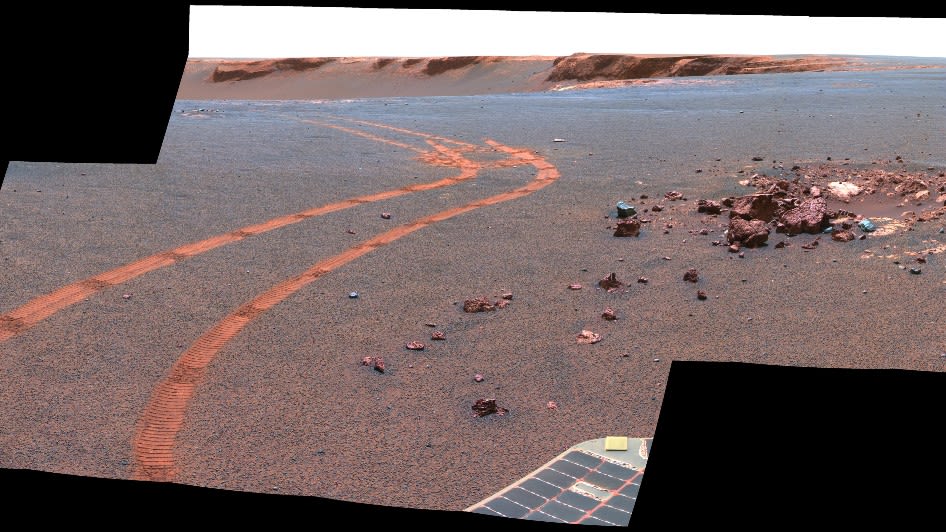
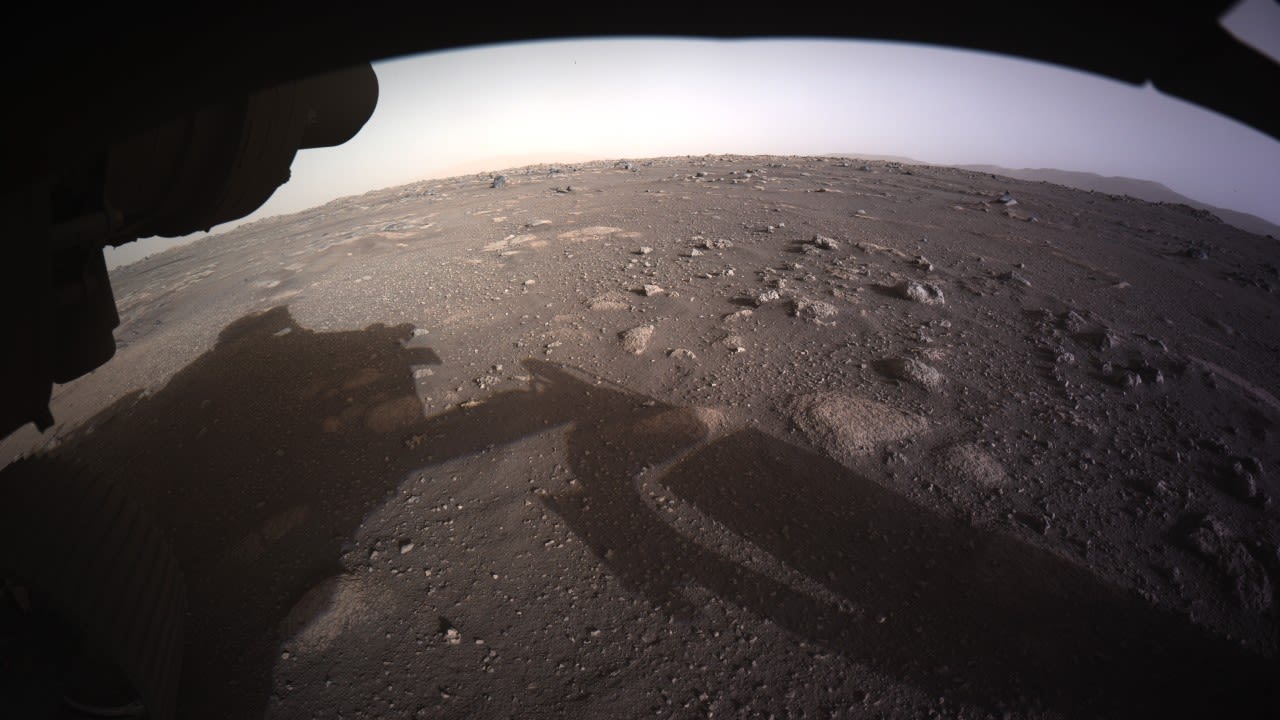
NASA’s Perseverance Mars rover goes for a spin, February 2021. /NASA/JPL-Caltech
NASA’s Perseverance Mars rover goes for a spin, February 2021. /NASA/JPL-Caltech
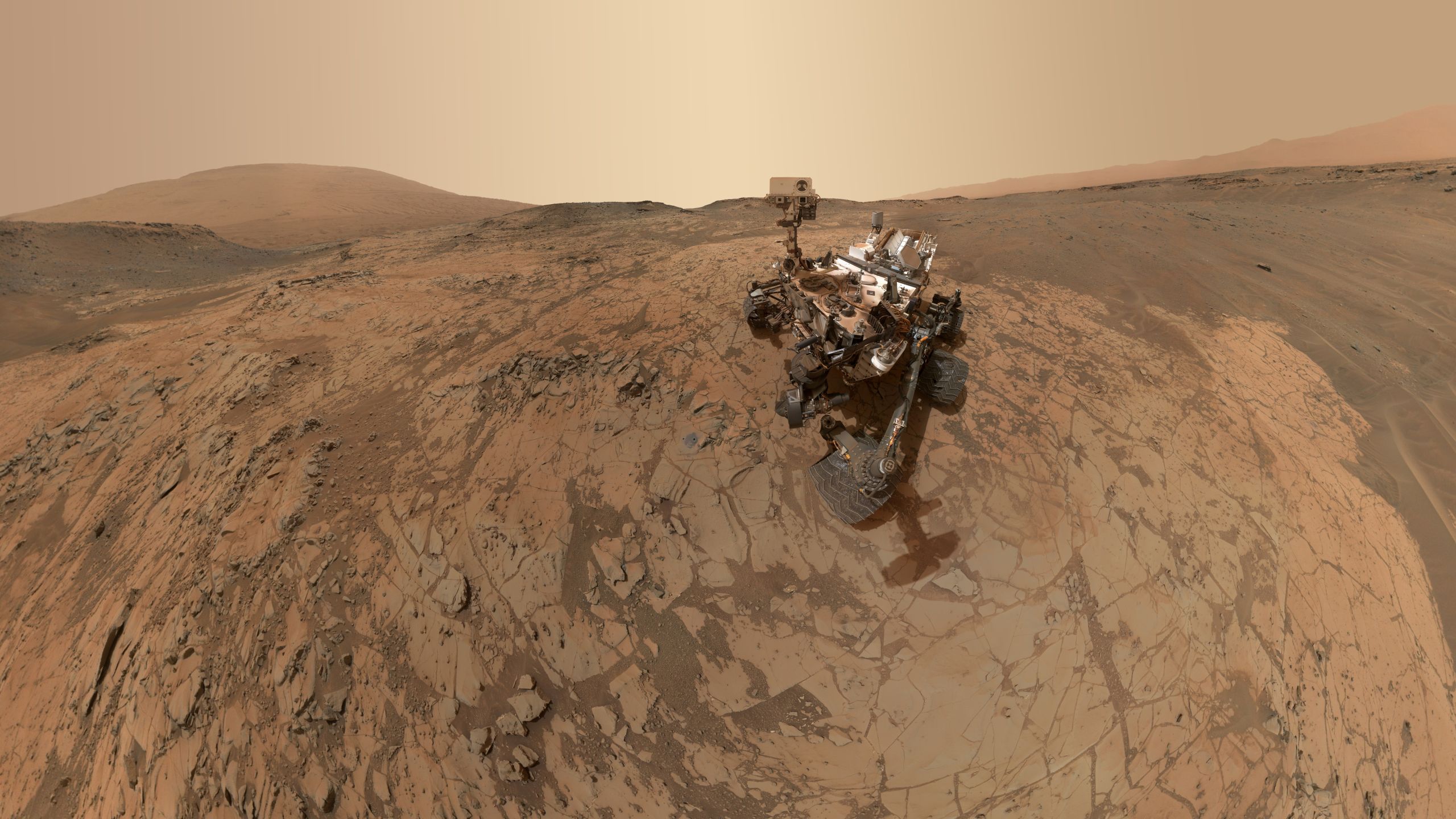
In April 2018, Curiosity took a selfie on Mount Sharp. /NASA/JPL-Caltech/MSSS
In April 2018, Curiosity took a selfie on Mount Sharp. /NASA/JPL-Caltech/MSSS
Radiation aside, how different is life on Mars to Earth? "It's a coincidence, but Mars has the same day as the Earth, more or less," says McCaughrean. "It's actually about 40 minutes longer, but it's not like it's going to completely mess with your head having a five-hour day or something."
Mars gravity runs at about 40 percent of Earth levels – "You'd hop around, bounce around, you'd probably be pretty good at volleyball, but it's not going to have the same problems as microgravity: Space station astronauts have all sorts of problems to do with bone loss."
That microgravity might cause a problem on the journey there and back, but as usual, scientists have had an idea. McCaughrean suggests your ship "could have a small centrifuge onboard: once a day you go in there, get 10 minutes of really high-speed spinning, which creates artificial gravity, and that triggers the bones maybe into making more bone mass."
If the resettlement campaign needs a slogan, McCaughrean has one to hand: "It's always sunny on Mars, because Mars has very few clouds, just a very high, thin cirrus." True, sunlight on Mars is fainter than back home – also roughly 40 percent of the amount you would get on Earth – but we could perhaps pretend it's an early Spring day… if we ignore the atmosphere of carbon dioxide.
What to wear on Mars
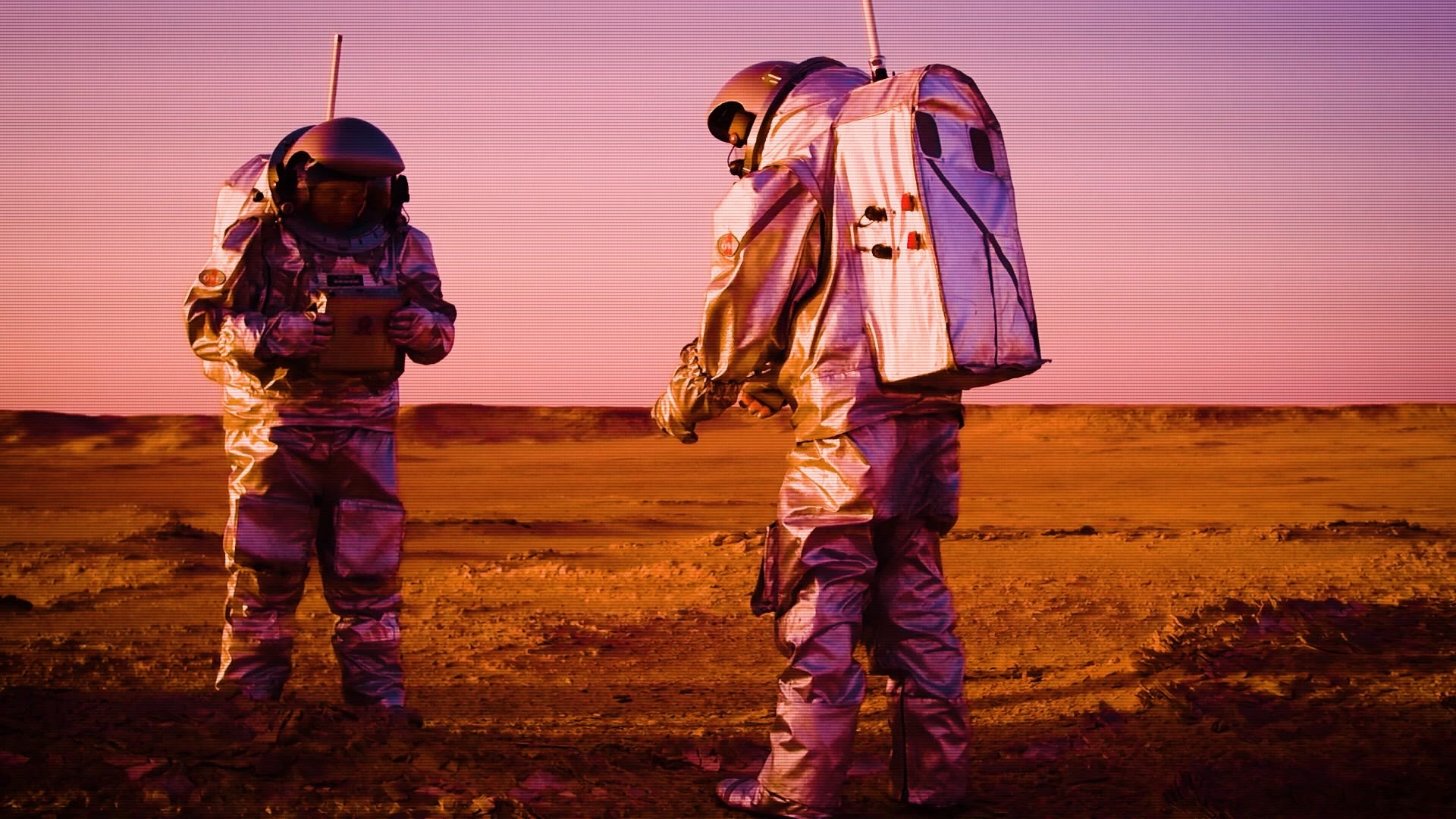
This season's fashions in spacesuit design largely tend toward the 'keeping you alive' end of the scale, as Robert Wild explains. He's what's known as an 'analog astronaut,' suiting up for tests in some of Earth's most inhospitable conditions, such as deserts.
"The reflective coating helps keep the heat load down – if you have a lot of sun, you don't want to heat up too quickly," he says at the Austrian Space Forum in Innsbruck, while being laboriously fitted into a suit in a process that takes three hours ("With a really fast and trained team, it can be a little bit faster.").
What look like supports on the outside of his legs are actually designed to make his life harder – for the purposes of verisimilitude. "When you're in a real spacesuit in an area of low pressure on the outside, you have air pressure on the inside so you can breathe, and that makes the suit balloon out," he explains.
"That means that whenever you move, you're pulling against this balloon that restricts your movement. And that's what we have here in order to simulate that restriction. This is actually pulling my leg straight, just like it would be in a real spacesuit."
Wild's boss at the Austrian Space Forum, Gernot Groemer, is busy finessing the "second generation of spacesuits," a leap forward which he says is "like comparing a Ford Model T with an electric car." And that new breed of suit, the Serenity, could do away with that sci-fi favourite, the airlock – something which could cause problems with the surface dust on Mars.
"It is what we call a reentry suit, which means you don't need an airlock anymore," says Groemer. "You attach the suit to the wall of a spacecraft; you step in from behind with an open life-support backpack; you close the backpack, you decouple and you're outside."
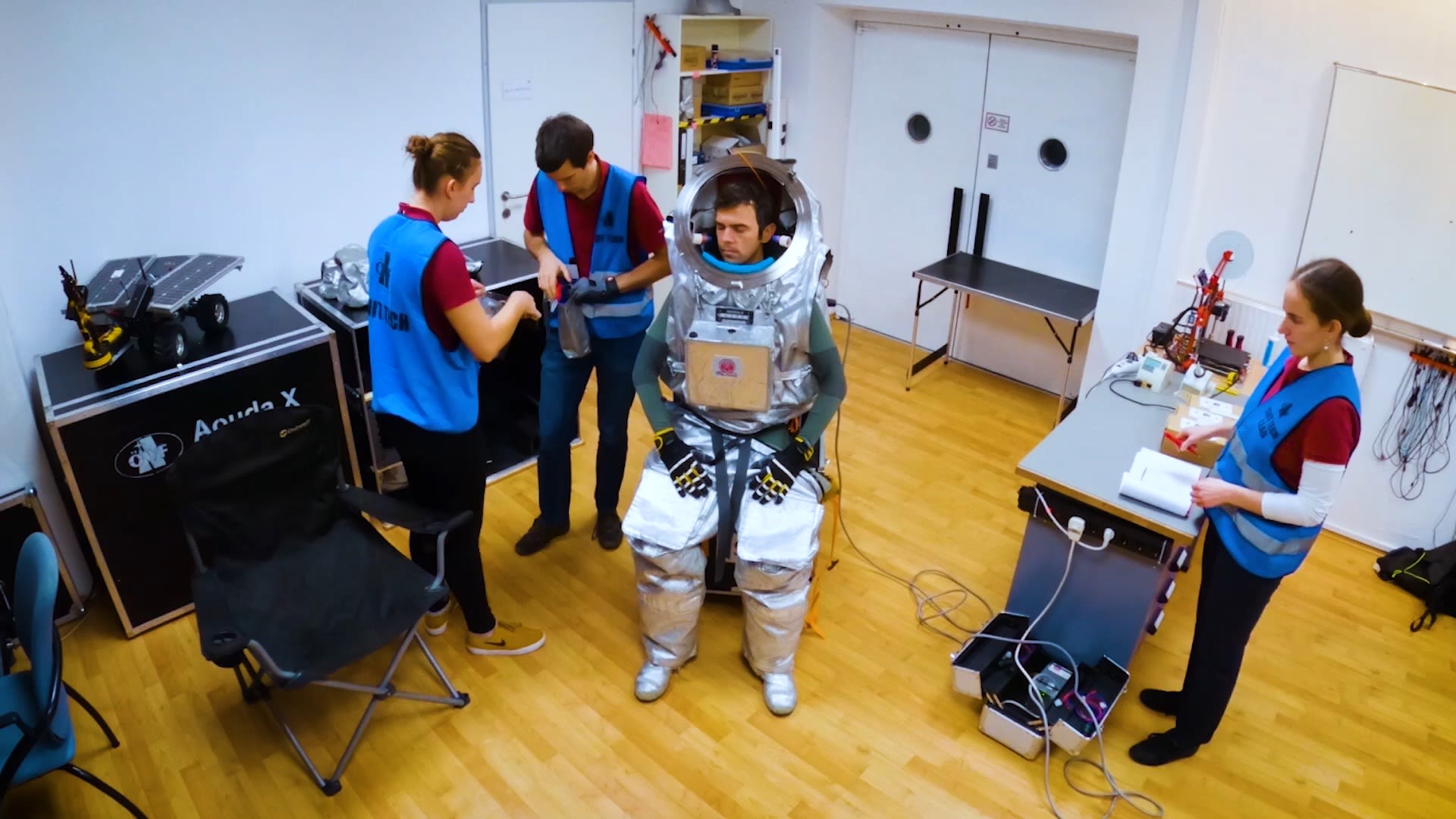
It takes a team three hours to put on the spacesuit. /CGTN
It takes a team three hours to put on the spacesuit. /CGTN
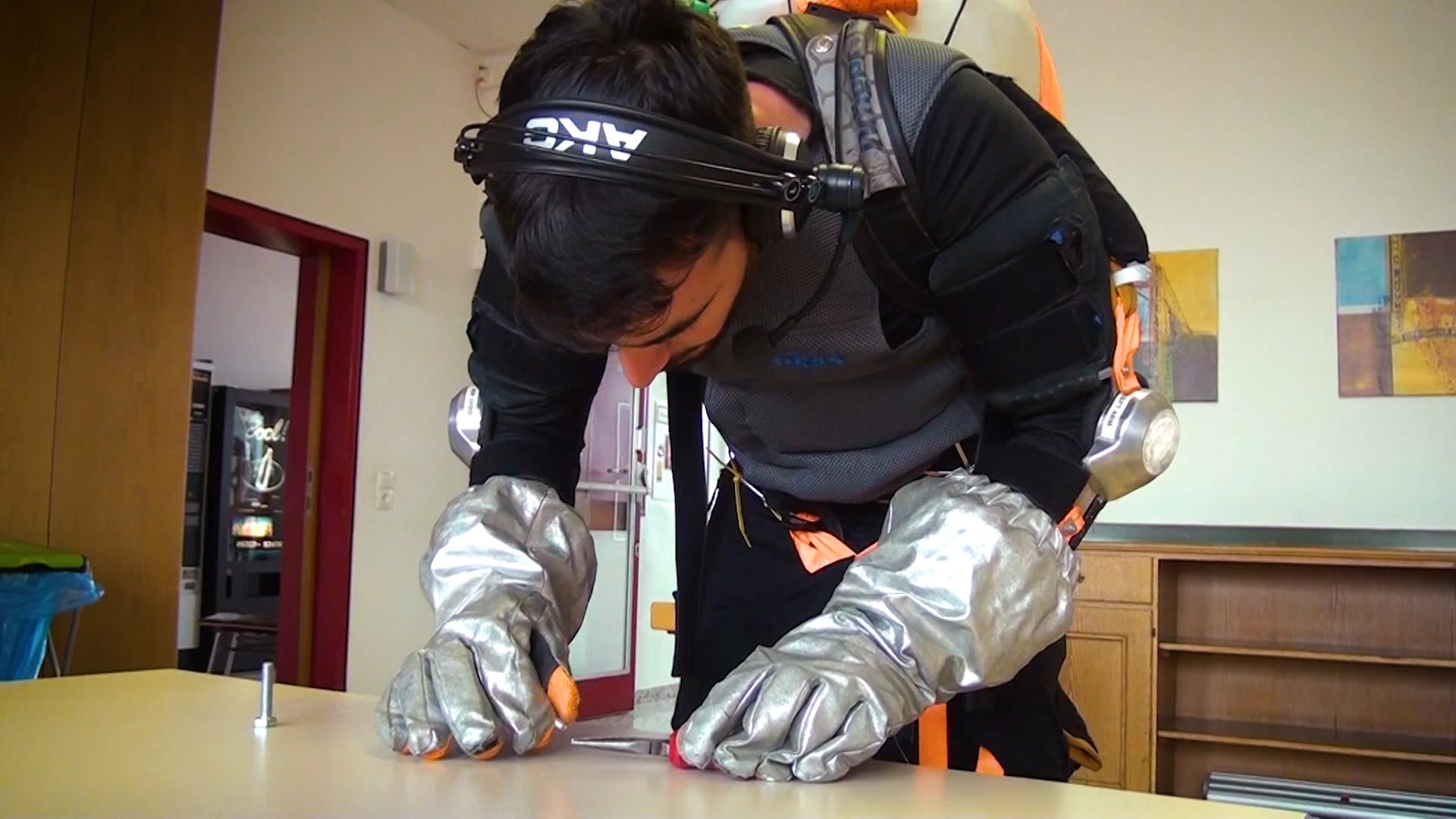
Suits must be suitable to work in – and it's not always easy. /CGTN
Suits must be suitable to work in – and it's not always easy. /CGTN
Your home on Mars
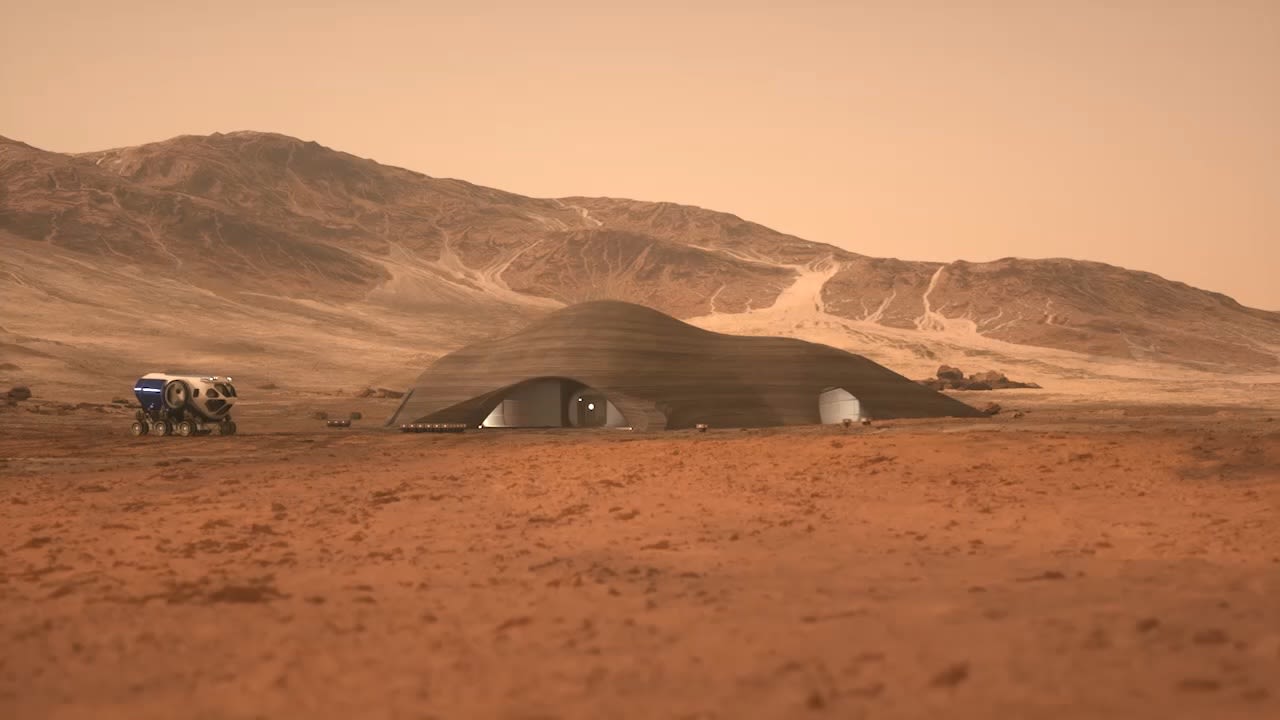
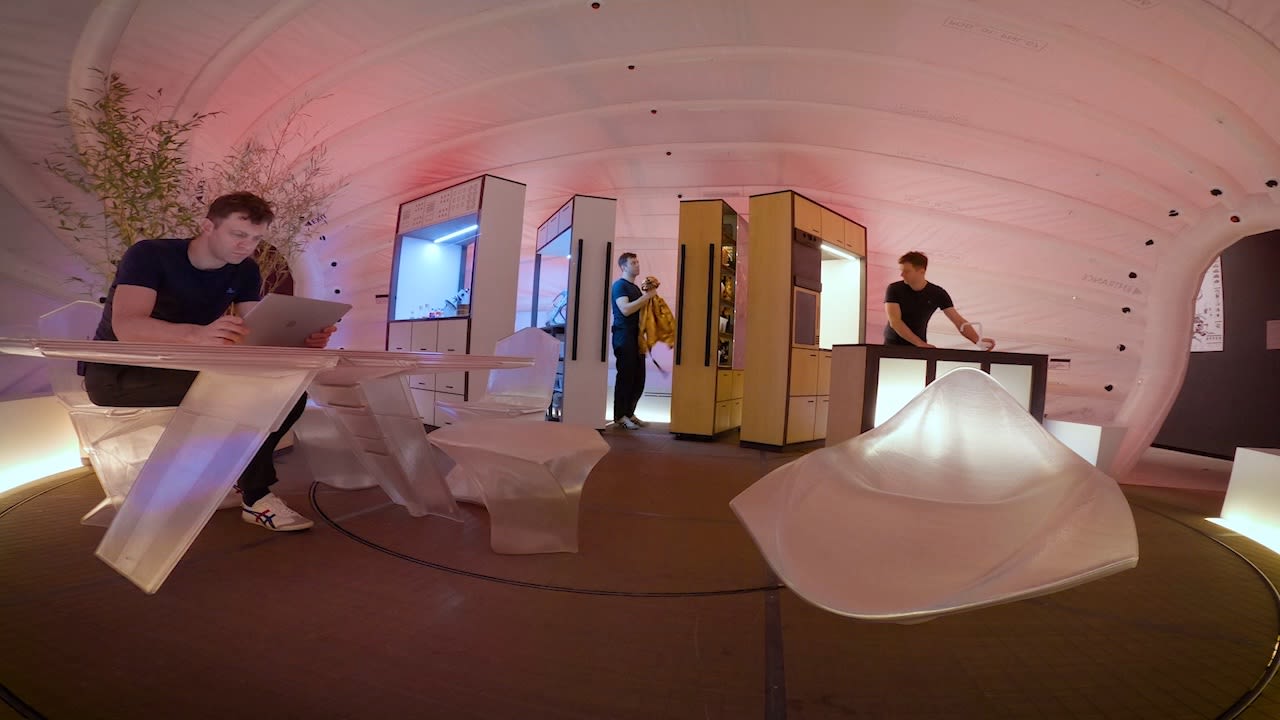
Architect Xavier De Kestelier has spent a lot of time thinking about how to live on Mars. /CGTN
Architect Xavier De Kestelier has spent a lot of time thinking about how to live on Mars. /CGTN
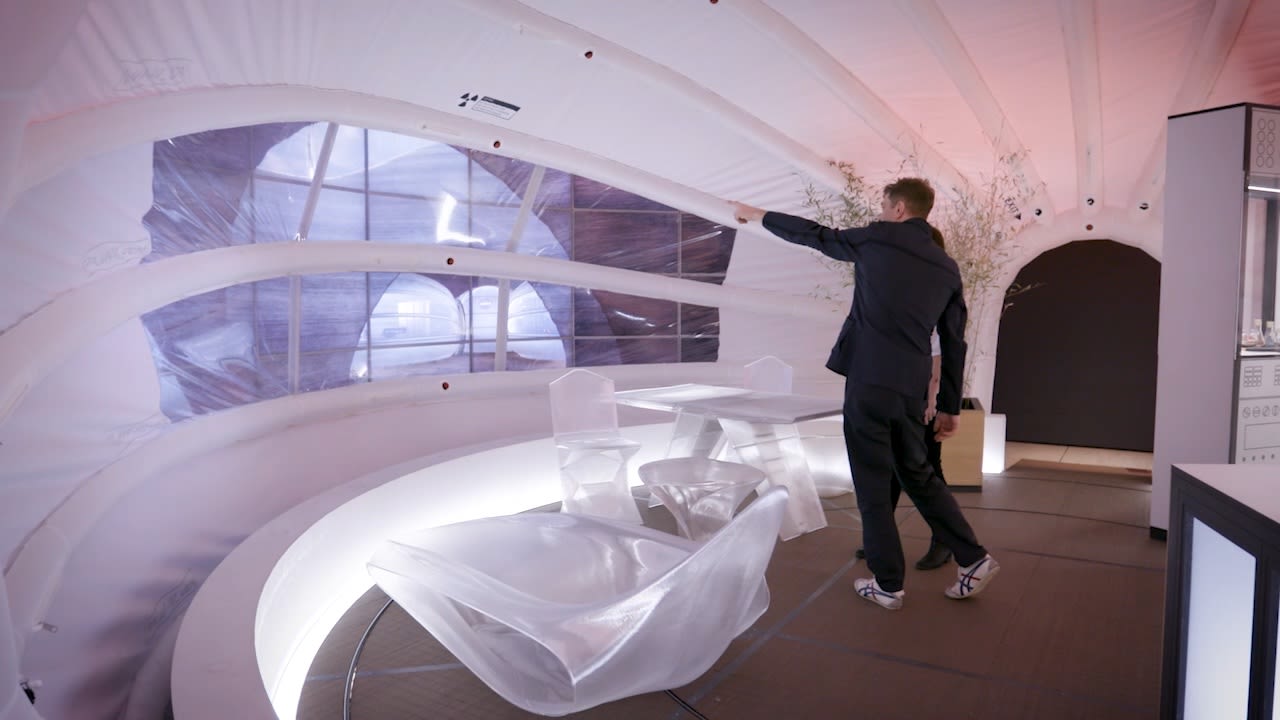
De Kestelier looks through the window in a prototype of his Mars pod. /CGTN
De Kestelier looks through the window in a prototype of his Mars pod. /CGTN
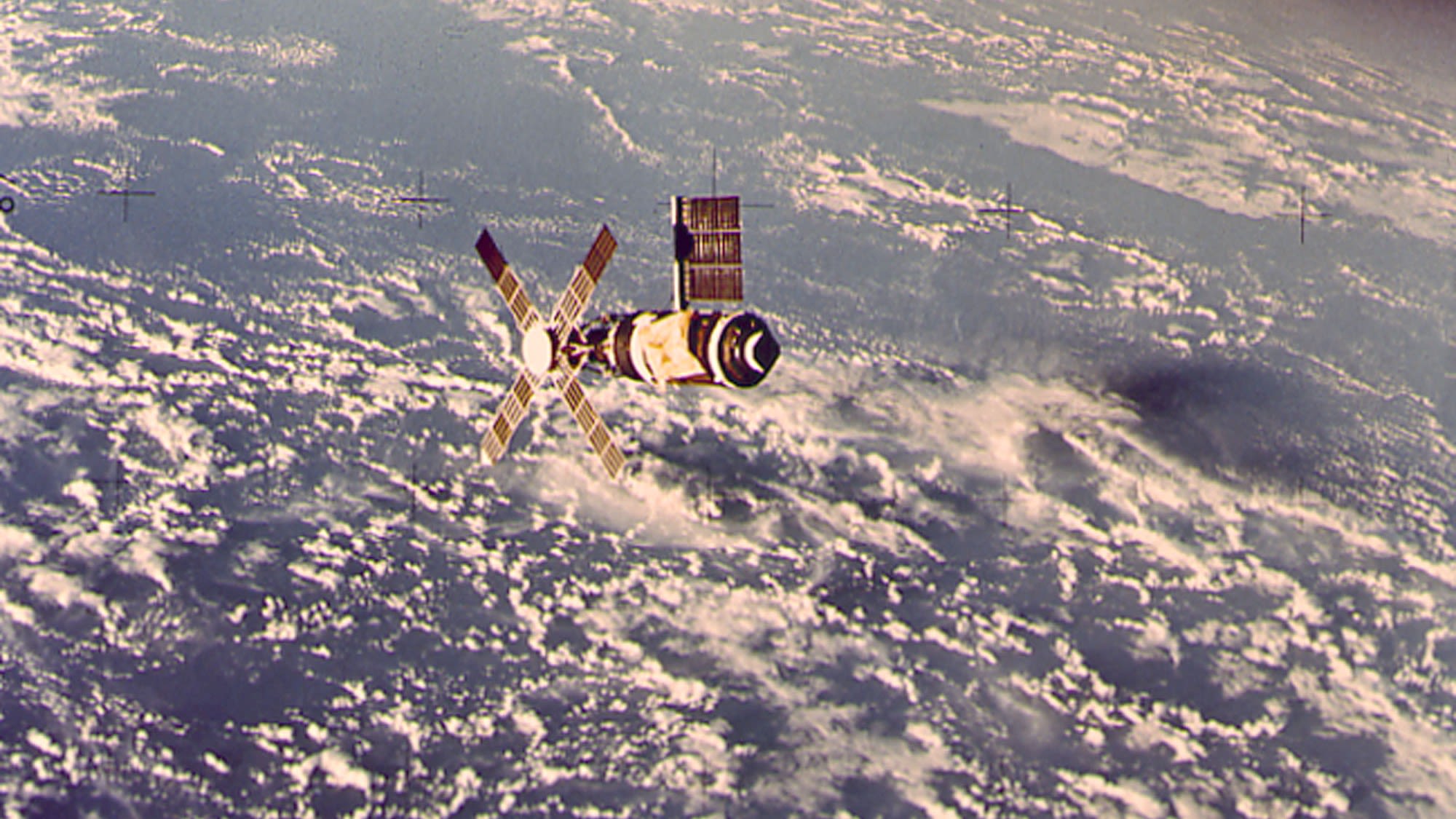
The first U.S. space station was initially designed without a window. /HO-NASA/AP-Photo
The first U.S. space station was initially designed without a window. /HO-NASA/AP-Photo
Before we go outside, let's back up a bit: What would our home on Mars be like? What would our furnishing options be with no Ikea around the corner and the space equivalent of a very small removals van to get us there?
These are concerns that have long occupied architect Xavier De Kestelier. One of his ideas is to grow bamboo, that strong and versatile building material, on Mars: "We're not going to grow plants to feed ourselves, because for that you need masses of space," he says. "But maybe we can program to build stuff or to create finishes."
Another of De Kestelier's ideas is pleasingly green: recycling waste material and using it in 3D printers to create things. "Astronauts on Mars will have lots of waste material from packaging, from food, from science experiments," he reasons. "So why not use that, recycle it and print stuff out of it – for example, your furniture?"
The idea of living on Mars might seem lonely, but architects are there to improve our built environment, aesthetically and practically. When NASA staged a competition for 3D-printed habitats, De Kestelier submitted plans for a circular structure of lightweight inflatable pods built around a courtyard – partly so residents can see each other's pods, but also with a purpose.
"The courtyard is there for a very important reason because we'll get indirect light in – you get some light from Mars, but you don't get direct sunlight in," he explains. "And that's important because on Mars, direct sunlight means gamma radiation and it's deadly. But we still want to have that view, to see somebody else in another pod."
De Kestelier was inspired by designer Raymond Loewy, who helped design the first U.S. space station Skylab, launched in 1973. Loewy humanized the initial designs by adding color and simple home comforts like a table.
"You might think, 'A table, what's interesting about that?'," says De Kestelier. "In the original design, the astronauts just had a little flap that comes out of the wall and they weren't even located together. What about humans having a conversation over a meal, to see how their day was?
"The second thing he did: He put a window in Skylab. In the original, the engineers didn't put a window in because they thought 'It's more risk.' But imagine going around the Earth for weeks or months and not seeing an amazing view of Earth? That is beyond belief."
We could...
but should we?
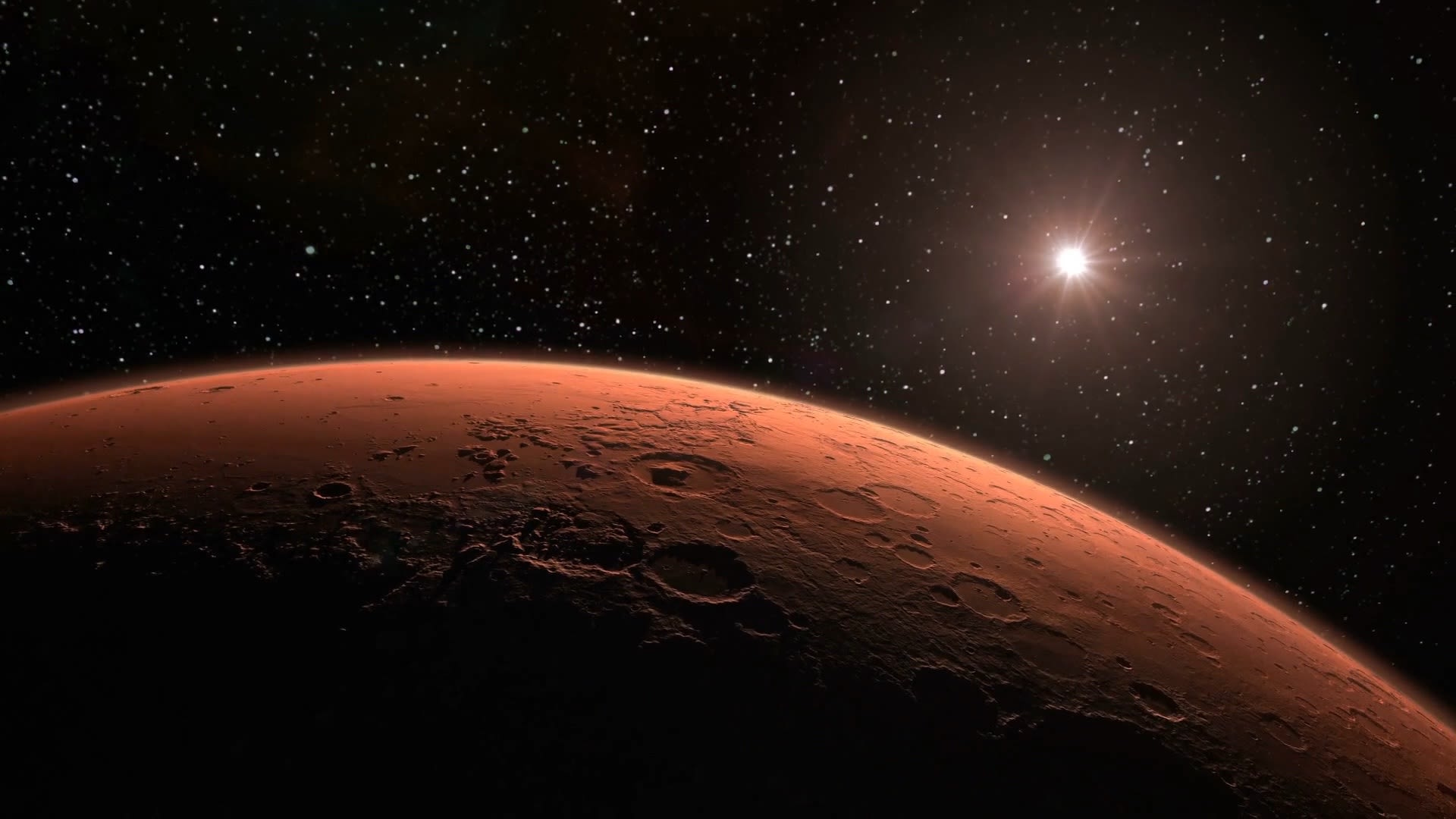
Before we pack our spacesuitcase, let's ask a simple question. Should we go to Mars at all? Never a man shy of an opinion, Elon Musk thinks there will be a million humans there by the 2060s, but not everybody is convinced that it's the destination of choice.
"I think there's a lot of science fiction dreaming going on, there's a lot of wish fulfilment," says the ESA's Mark McCaughrean. "Anybody who says they want to go and live on Mars should go and spend six months in Antarctica and then six months in the Atacama Desert, but take away all the oxygen that you have, take away most of the water you have, and then live underground in those places because there's no protection from radiation on Mars."
That's not quite what is says in the brochure, but that's another thing: McCaughrean says that going to Mars wouldn't be so much a vacation as relocation – remember that minimum quarter-decade trip length: "You're not going to be zipping backwards and forwards, you're going to go there and live in a small box in a deeply inhospitable place."
McCaughrean is also suspicious of treating Mars as a Plan B if we ruin this planet. "This is just utter nonsense," he insists: "Almost nothing we can do to the Earth that will make it less hospitable than Mars will ever be. When people talk about it in terms of hope and dreaming and inspiration, I think this could apply to saving the environment here on the Earth."
Over at the International Space University, Chris Welch cautiously disagrees. "I'm a big fan of human spaceflight," he says. "Elon Musk and I don't share many attributes, but he and I both agree that it's not a good idea for all the humans to live on one world: If anything happens to this planet, then it's 'Thank you and good night' for humanity.
"As a matter of longer-term species survival, I think it's an excellent idea if people live on space stations, live on the moon, live on Mars, live on asteroids and anywhere in the solar system – although it's going to take us a while to get there."
But who decides which of us go where? That's what worries Janet D Stemwedel, a professor of philosophy at San Jose State University whose work focuses on science and ethics.
"If we decide that putting humans on Mars might make sense, then we have to think: Which humans?" she asks. "Is this in anticipation of bringing all the earthlings to Mars because we somehow used up this planet in a really unfortunate way?
"My guess is probably that's not what the folks who are hot to colonize Mars have in mind, which means we need to have a discussion about why we think it's OK to take some people to this brave new frontier and leave a whole mess of people here to deal with how we didn't do as well with the planet we started with."
Stemwedel also notes a warning from history: "Missions of colonization are going to enrich some people and leave other people worse off." For her, this is not a question of science but ethics: "The thing we really need to do is to figure out how better to share a world with each other."
That's certainly a sentiment that would ring true for Sagan, the stargazing dreamer with whom our story began. It's worth revisiting his hopeful message to future Martin explorers.
"I don't know why you're on Mars," he said. "Maybe you're there because we recognize that if there are human communities on many worlds, the chances of us being rendered extinct by some catastrophe on one world is much worse. Or maybe we're on Mars because of the magnificent science that can be done there; the gates of the Wonder World are opening in our time.
"Or maybe we're on Mars because we come, after all, from hunter-gatherers and for 99.9 percent of our tenure on Earth, we've been wanderers. And the next place to wander to is Mars. But whatever the reason you're on Mars is, I'm glad you're there. And I wish I was with you."
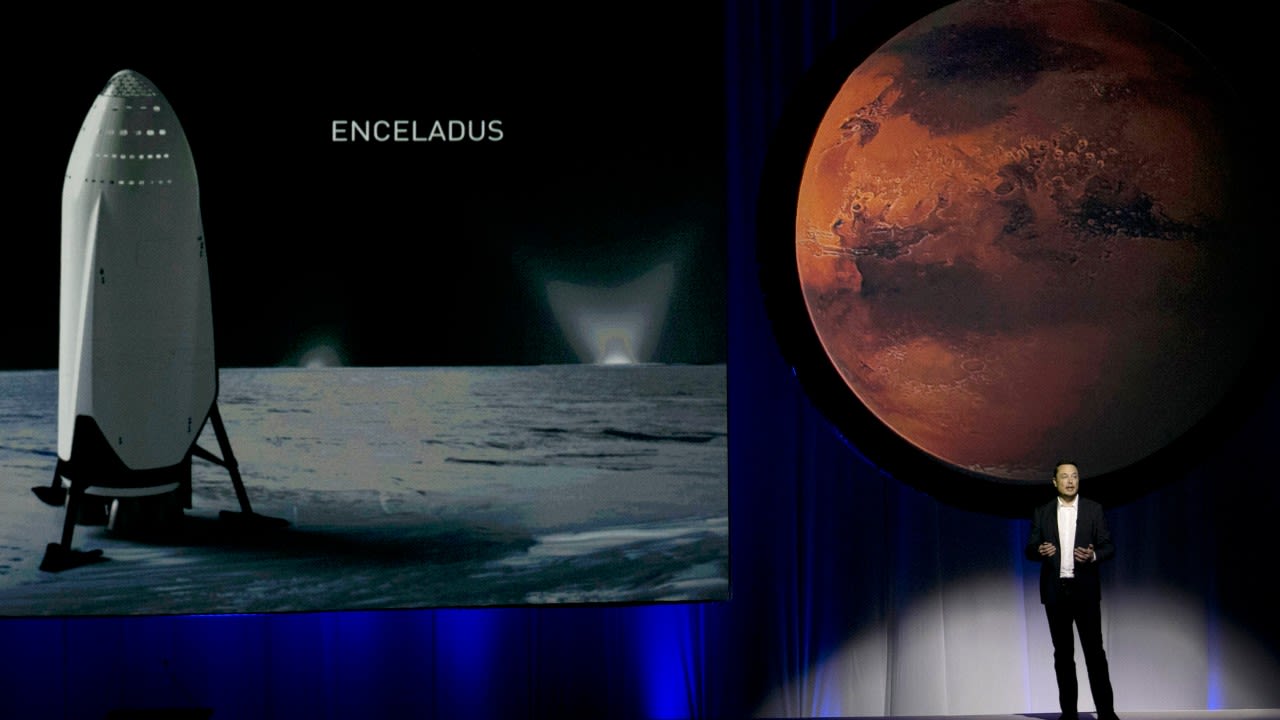
Elon Musk says there will be a million of us on Mars by the 2060s. /Refugio Ruiz/AP Photo
Elon Musk says there will be a million of us on Mars by the 2060s. /Refugio Ruiz/AP Photo

Can we change our attitude to this planet before reaching another one? /Alastair Grant/AP Photo
Can we change our attitude to this planet before reaching another one? /Alastair Grant/AP Photo